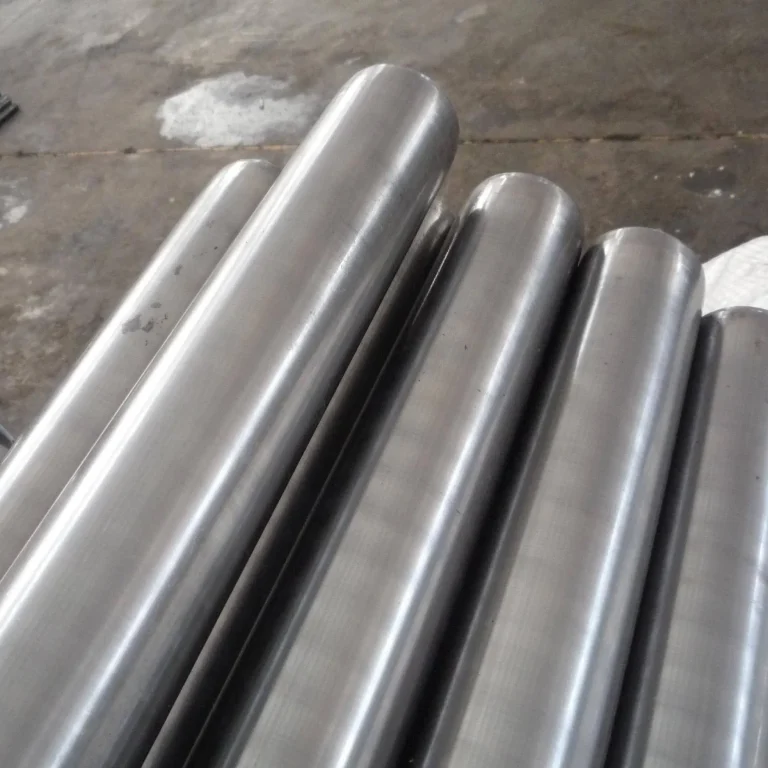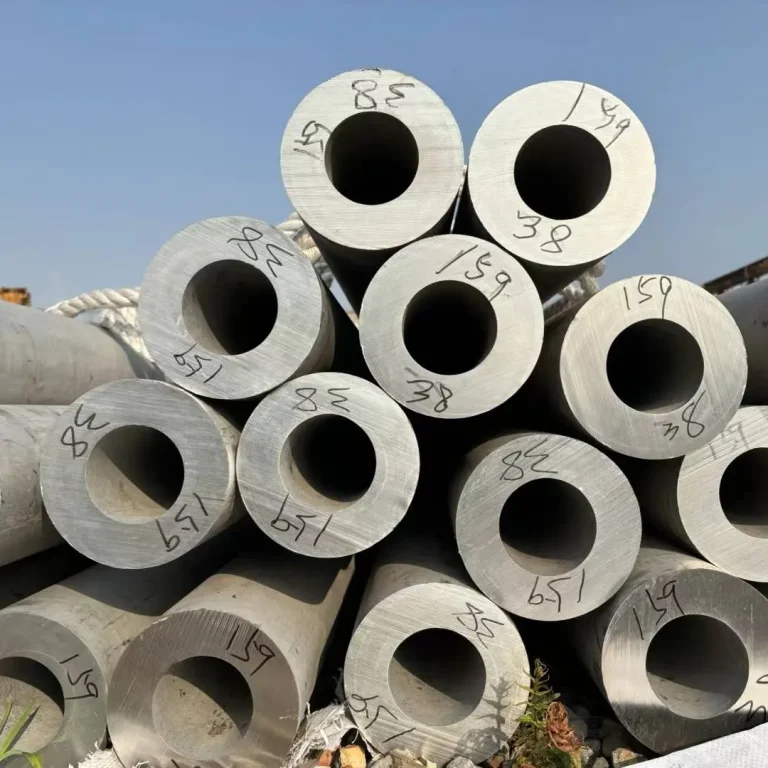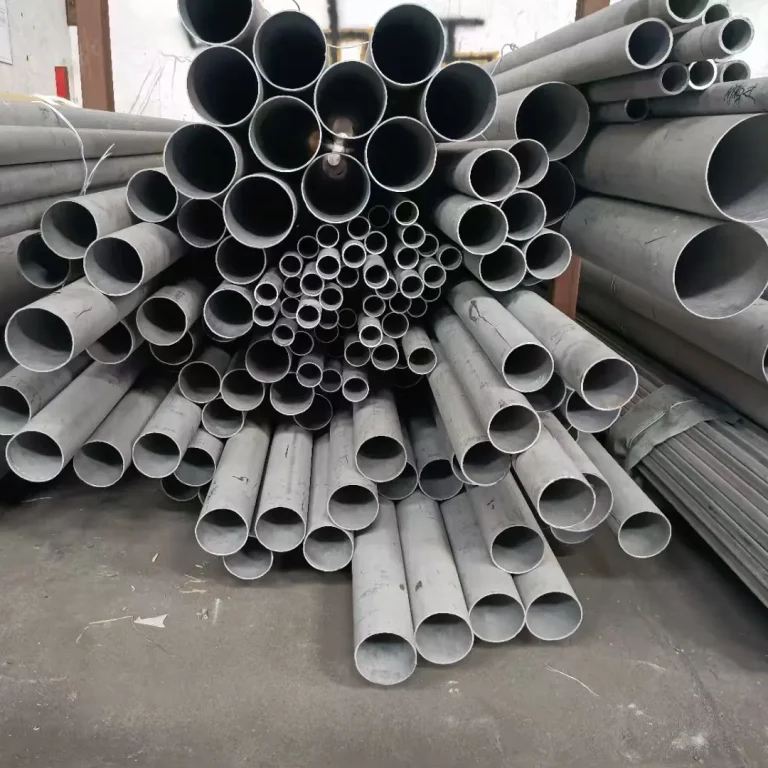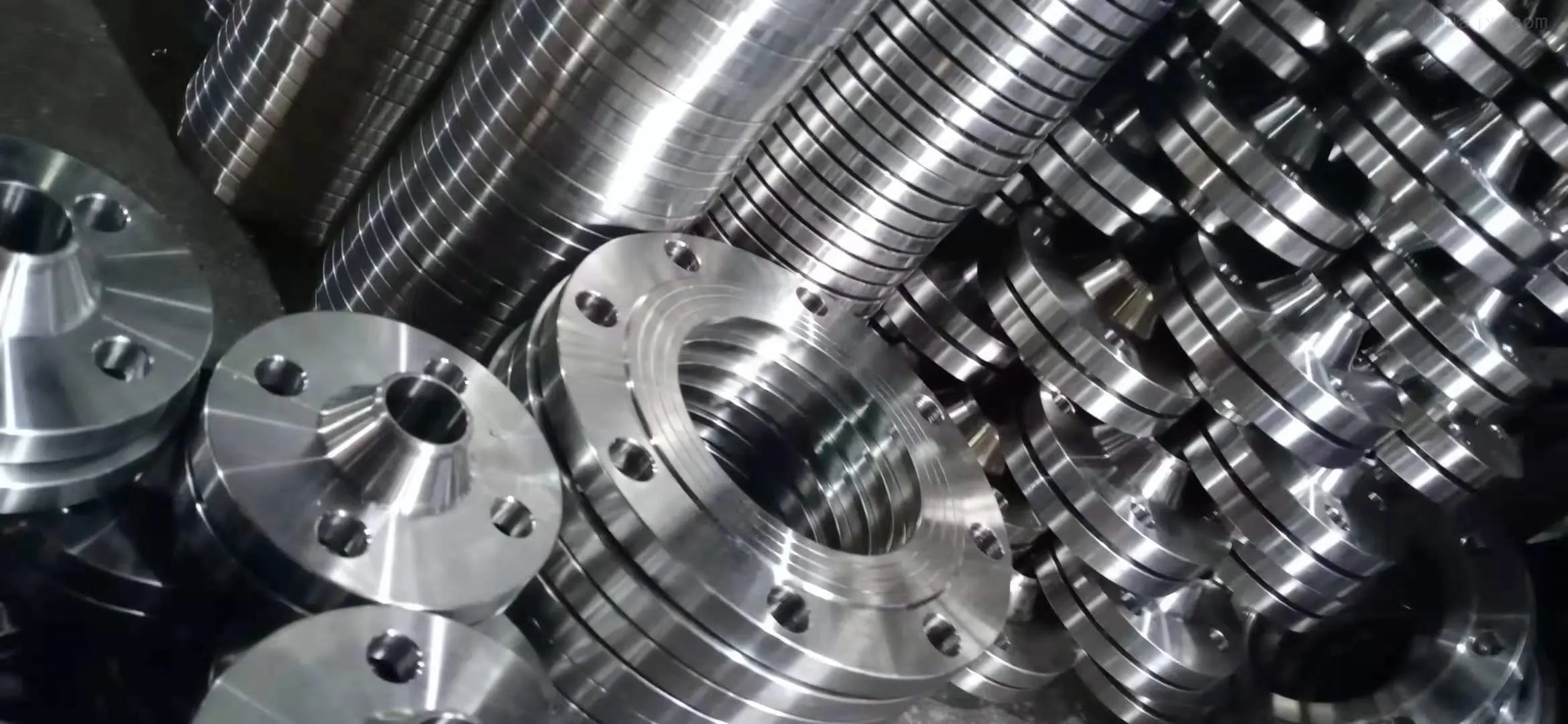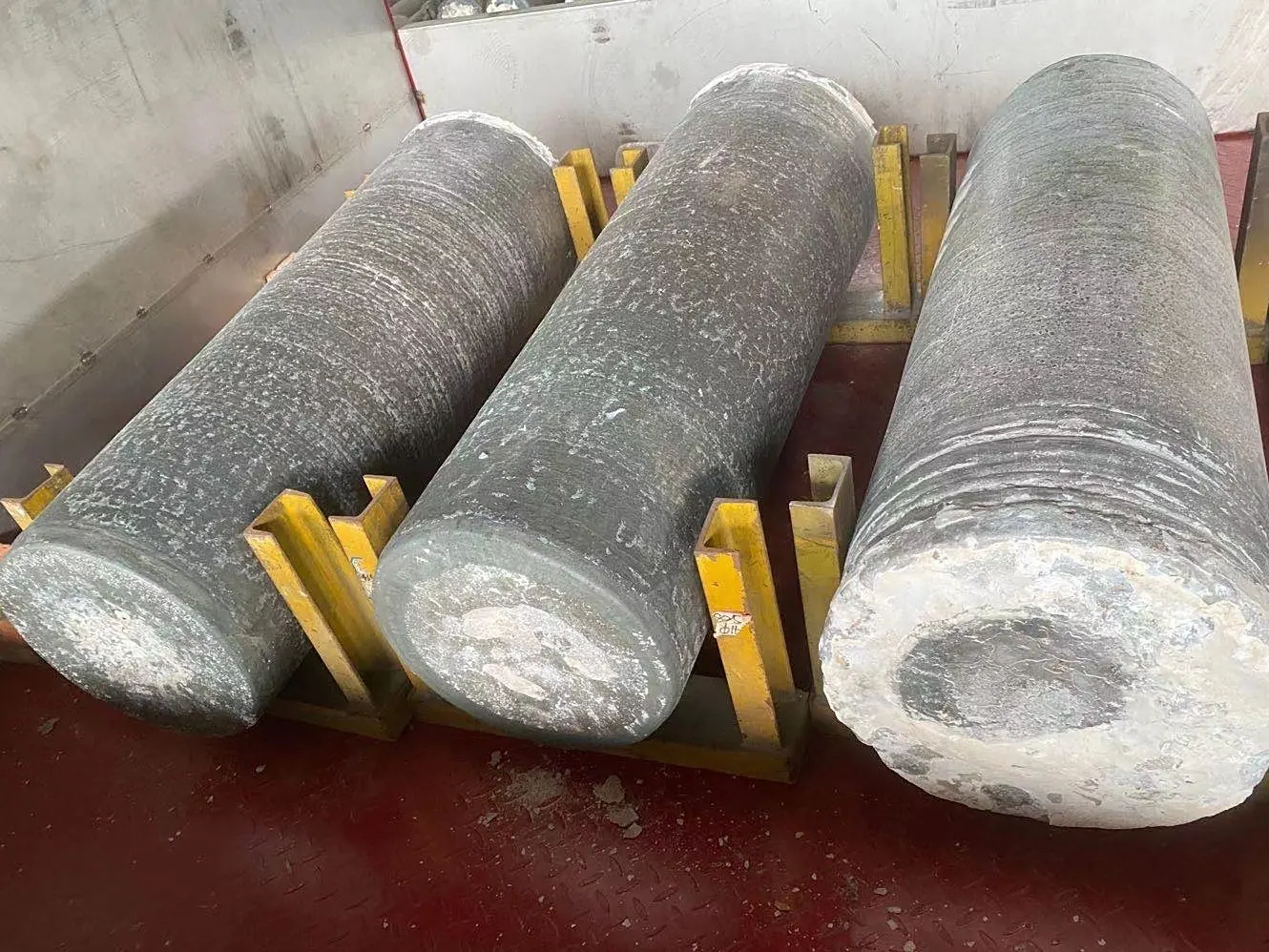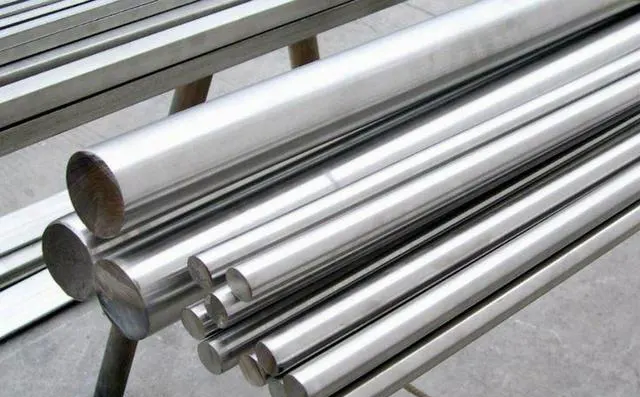Sensitization of stainless steel is a critical issue. It’s a metallurgical change. It can severely compromise a material’s integrity. It’s also known as “weld decay.” This happens to трубы из нержавеющей стали а также фитинги из нержавеющей стали. Understanding it is vital. It prevents unexpected failures.
Sensitization of stainless steel : A Hidden Threat
Stainless steel undergoes sensitization when heated.This phenomenon typically occurs between 450℃ and 850℃(840℉ to 1560℉).High temperatures promote the formation of chromium carbides,which precipitate along grain boundaries,depleting хром in the adjacent regions.These chromium-depleted zones become susceptible to corrosion,allowing corrosion to occur even when the rest of the material remains intact.
How Sensitization Affects Your Piping
Sensitized areas lack enough chromium. They lose their passive layer. This makes them prone to межкристаллитная коррозия. The attack happens along the grain boundaries. This weakens the material.
The corroded grain boundaries become weak points. They can lead to cracks and fractures. This is especially true under stress. This compromises the pipe’s integrity.
Sensitization is hard to see. The surface looks normal. Failures can happen suddenly. This results in leaks. It causes dangerous system downtime.
The most common cause is сварка. The heat-affected zone (HAZ) becomes sensitized. It is the weakest point of the entire system.
Sensitization Effects on Stainless Steel Pipe and Fittings
| Имущество | Before Sensitization | After Sensitization |
|---|---|---|
| Устойчивость к коррозии | Превосходно | Poor (in sensitized zone) |
| Микроструктура | Uniform, clean | Carbides at grain boundaries |
| Mechanical Integrity | Высокий | Compromised |
How to Prevent Sensitization of Stainless Steel
How to Prevent Sensitization of Stainless Steel
| Метод | Explanation | Example Grades |
|---|---|---|
| Low-Carbon Grades | Reduces carbon available for carbides | 304L, 316L |
| Стабилизированные грейды | Contains titanium or niobium | 321, 347, 316Ti |
- The low carbon content of 304L suppresses sensitization during welding, making it an ideal choice for welded components.
- 316Ti stabilizes the alloy composition with titanium, effectively preventing weld degradation, making it the superior choice for high-temperature environments.
Preventing Sensitization : Manufacturing and Treatment
- Отжиг раствора: This is a термическая обработка. It heats the steel to a high temperature. It then cools it quickly. This dissolves the chromium carbides. This restores the passive layer.
- Controlled Welding: Use low heat input welding methods. This reduces the time the material spends in the sensitization temperature range.
- Post-Weld Cleaning: Clean the weld area thoroughly. Remove all heat tint and oxides. Then, passivate the surface. This restores the protective layer.
Возможно, вы также захотите прочитать:
Super Austenitic Stainless Steel | Grades | Properties | Performance
Stainless Steel VS Carbon Steel: Which is Better for Pipes and Fittings?
What is Age Hardening of Stainless Steel ?
The Meaning of Letters After Stainless Steel Grades
Что такое деформация ползучести в нержавеющей стали?
Какова роль молибдена в трубах и фитингах из нержавеющей стали?
Связаться с нами
- RM901 No.22 Tangjiaqiao Road Wenzhou Китай
- +86 577 8551 1171
- [email protected]
- https://www.kaysuns.com/
